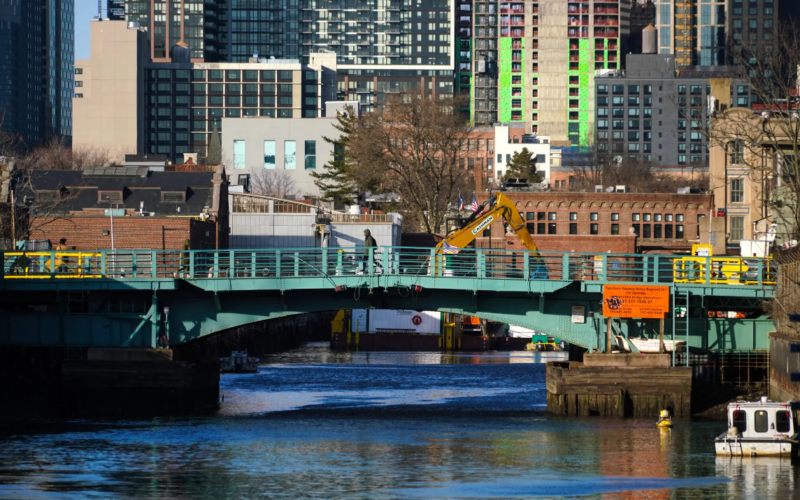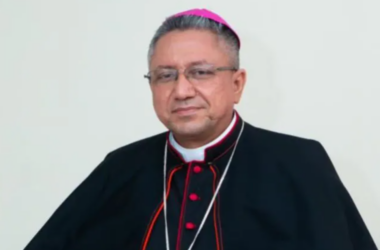New York City officials are unveiling a proposal aimed at directing public funds toward mixed-income housing projects in wealthier neighborhoods. The plan is a strategic response to tackle the shortage of affordable housing and stimulate development, particularly after the expiration of a lucrative property tax exemption last year. The current practice involves using city funds exclusively to subsidize developments with affordable housing. However, under the new proposal, funding would be extended to projects featuring a blend of affordable and market-rate homes, with the goal of leveraging income from high-rent apartments to optimize public investment and generate more low-cost units.
The city acknowledges that traditional affordable housing tools face limitations, notably with the expiration of the contentious 421a tax exemption and the strain on a federal program relying on tax-exempt bonds. In response, officials are exploring innovative strategies to navigate these constraints and address the deepening housing crisis. The proposed plan represents an unconventional approach that allows the city to build affordable units in high-opportunity neighborhoods, challenging the established norms of housing development.
The plan, which could be implemented without additional legislation, encourages input from developers to determine its deployment. This inclusive approach involves seeking feedback from developers until February to assess the feasibility and potential impact of the proposal. By directly applying to the city for subsidies, developers would be subject to evaluations based on the number of units created and the affordability of those apartments. The initiative sets a target for at least 70% of the apartments to be “affordable,” with income restrictions defining affordability levels.
To be considered affordable, the units would be limited to specific income levels, ensuring accessibility for a diverse range of residents. For instance, a family of four’s highest income allowed for these units would be nearly $170,000. Additionally, the proposal mandates that at least 15% of the apartments cater to formerly homeless individuals, while another 7.5% should be affordable to those with limited incomes—no more than $70,600 for a family of four. Projects qualifying for the plan may also receive tax exemptions, subject to approval by the City Council.
While the proposal offers a potential solution to the housing shortage, it may face contention, especially from the progressive wing of the Democratic Party. Concerns may arise regarding the allocation of public funds to developments that include market-rate units, prompting debates about the extent of public investment in private development.
The proposed plan to build affordable housing in wealthier New York City neighborhoods introduces an unconventional strategy to address the housing crisis. As officials seek input from developers and navigate potential controversies, the initiative reflects a commitment to exploring innovative solutions to meet the diverse housing needs of the city’s residents.








